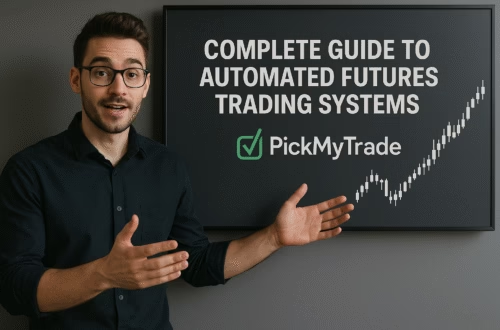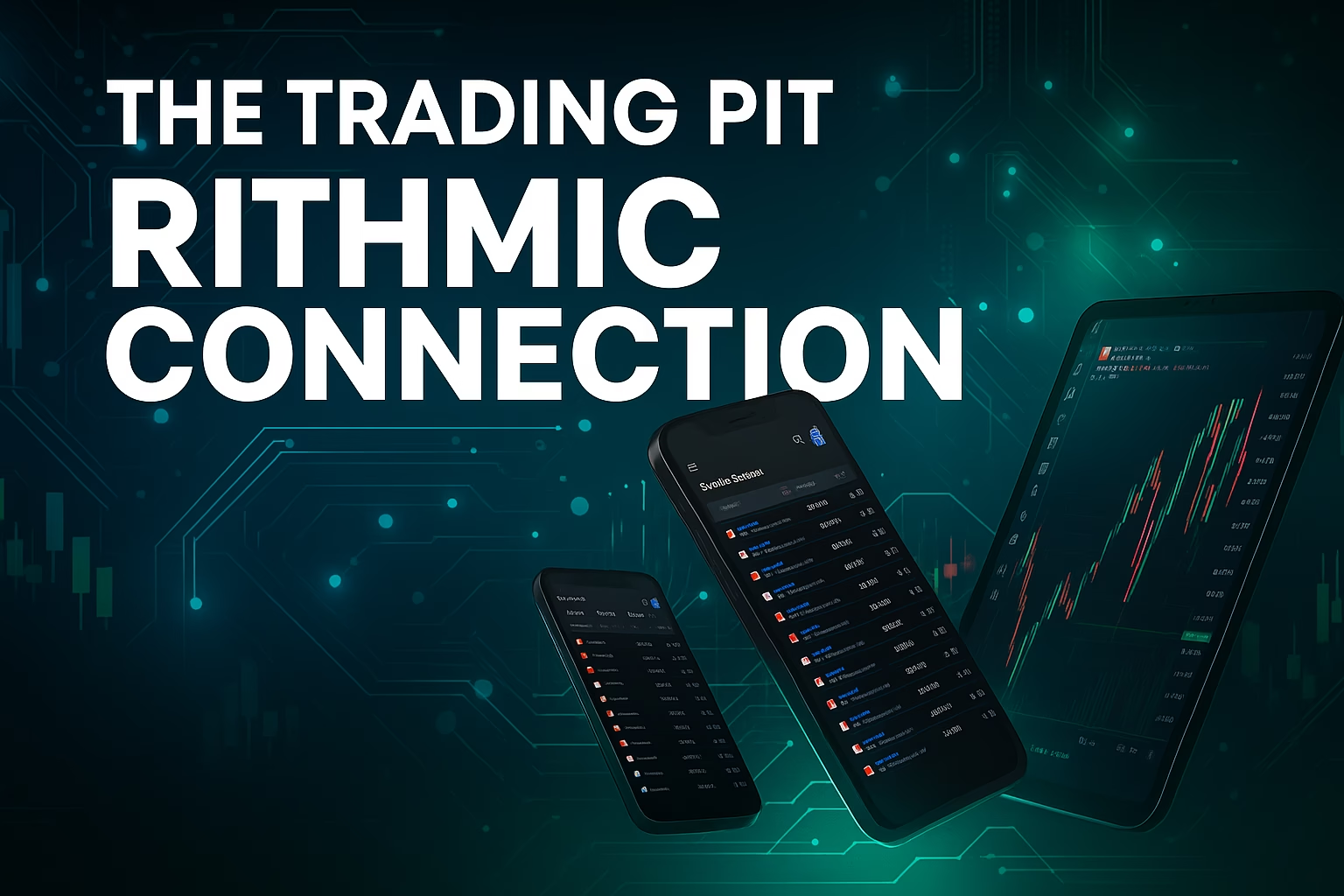In today’s landscape of ai news today, very few stories are as dominating as Meta Platforms’ aggressive pivot toward artificial intelligence and its impact on the stock market. Meta’s Q3 2025 results and its future-facing AI infrastructure commitments are becoming a litmus test for how Big Tech will monetise AI—making this a must-watch for traders, investors and anyone following automation.
Meta Stock Price & Q3 Earnings: Strong Revenue, But Investors Wary
Revenue beat, but profit miss
Meta reported revenue of $51.24 billion, up ~26% year-on-year, powered by robust ads and user growth.
However, the company recorded a net income of just $2.7 billion and EPS of $1.05, well below the expected ~$6.70, largely due to a one-time tax charge of ~$15.9 billion.
Why is Meta stock down?
Despite the top-line strength, Meta’s stock fell more than 6-9% in after-hours trading. The reasons include:
- The hefty tax charge that distorted earnings.
- Escalating AI and infrastructure spending projected at $70-72 billion for 2025, and even higher in 2026.
- Concern about monetisation of these AI investments and the lag between spending and return.
Stock price snapshot
As of the latest update, Meta’s share price has slipped significantly amid the earnings reaction and AI-spend concerns. Some reports suggest drops over 10%+ in a short span.
The AI Investment Surge: Meta’s Challenge and Opportunity
Meta’s AI ambitions
Meta is placing huge bets: from data-centres to smart glasses, to AI-driven ad tools. The firm plans bond-issuance of up to $30 billion to fund AI infrastructure.
Yet, commentators note Meta’s challenge is translating that infrastructure into clear revenue drivers, something competitors are already doing.
What this means for traders
For someone tracking ai news today, Meta’s journey offers:
- A lens into tech-spending cycles and margin compression.
- An example of where market sentiment can swing despite revenue growth (because cost/expense concerns dominate).
- A reminder: for trading and automation, signals are not just from revenue but from guidance, spend growth, and monetisation pathways.
Click Here To Start Stock Market Trading Automation For Free
How Automation Traders (Including PickMyTrade Users) Can Navigate the Meta Shift
If you’re using automation tools like PickMyTrade to execute strategies, the Meta story provides actionable insight:
- Signal logic: Integrate monitoring of big-tech earnings, cap-ex announcements, tax-charges. For example: when a company reports major AI-spend increase, your automation logic flags the stock.
- Risk filters: Meta’s EPS miss despite revenue beat teaches: never trade just on top-line growth; include EPS, guidance, tax/spend surprises. Automation must check these.
- Horizon-matching: Meta’s AI investment is long-term. Use automation suited for swing/trend trades (days-weeks) rather than expecting instant breakout.
- Market sentiment module: Use social/news feeds in your automation alerts – large drops post-earnings mean sentiment risk. PickMyTrade can incorporate trigger-alerts when negative sentiment spikes.
- Diversification & fallback rules: Since the story can change quickly (e.g., tax front-load, guidance surprise), your automation system should include “abort trade” conditions when adverse data appears.
By combining ai news today-style monitoring with your automation engine, you become a tech-savvy trader reacting to structural stories (like Meta’s AI pivot), not just price patterns.
So, What’s the Key Takeaway for Traders?
- Meta’s case shows that strong headline revenue doesn’t guarantee a bullish reaction—market cares about cost/control and monetisation.
- For automation traders: news logic matters. Automation systems must integrate corporate-spend events (such as Meta’s AI & tax charges), guidance changes and sentiment swings.
- The AI-investment era is now; tracking “ai news today” becomes part of your edge. Meta is a rich example. Use your automation platform (PickMyTrade) to translate that news into trading signals with rules and risk filters.
FAQ – Most Asked Questions
Main reasons: a one-time tax charge (~$15.9 billion), EPS miss, and steep guidance on rising code/infrastructure costs.
For 2025, Meta expects ~US $70-72 billion in capex. It is also raising ~$30 billion in bonds to fund AI infrastructure.
By including triggers for corporate-spend announcements, earnings misses/surprises, sentiment changes, you can automate trades based on Meta-type events or sector-wide AI news.
Yes, because while the market acknowledges the opportunity, it is also sensitive to costs and time-to-monetisation. The risk-reward is longer-term and volatility is high.
Key items: Meta’s 2026 guidance, monetisation of AI tools, Reality Labs losses, ad-business performance, and whether infrastructure spend starts driving revenue growth.
Also Checkout: Best Tools to Predict Future Crypto Trends in 2025





